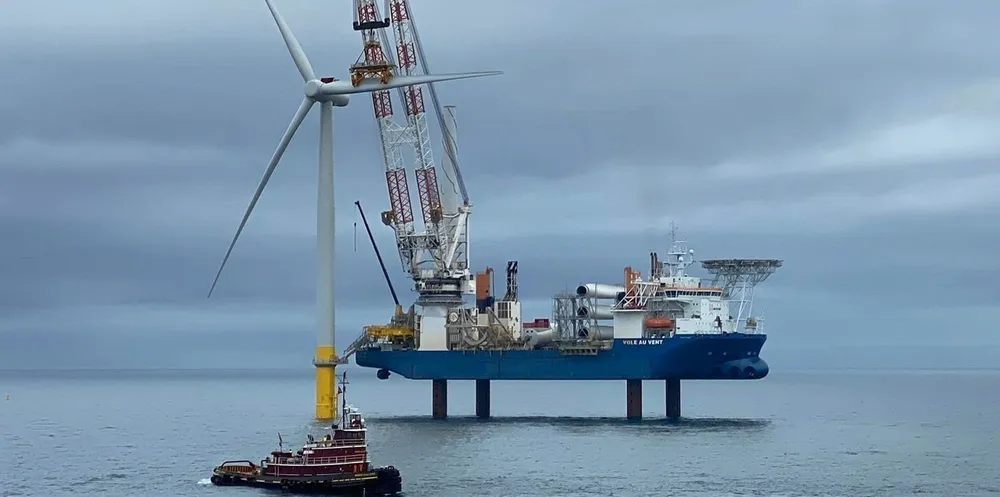Analysis | Virginia offshore wind giant 'made in Europe' flicks flint for newborn US supply chain
Utility Dominion's order book may be full of contractors from across the Atlantic but it believes its approach to economic development and job creation will lay the groundwork for a domestic industrial boom in the Commonwealth, writes Tim Ferry

<b>Focus your mind: get the insight you need with the Recharge Agenda</b>
The global energy transition is gathering momentum – and the accompanying news-stream becoming an information deluge. Separate the green giants from the greenwash and the hard facts from the click-bait headlines with Recharge Agenda, our curation of the market-making events of the week, distilled down into one quick-read newsletter. Sign up here for free
“We went after firms that can bring the experience and expertise to offshore wind and have demonstrated bringing projects in on time and on budget.”
The contracts were signed so far out front of the COP approval due to the Virginia’s unique status in the US offshore wind sector as a regulated power market, with the development of CVOW following conventional state regulations for transmission infrastructure.
Dominion filed its application for CVOW on 5 November, the same day that the supply contracts were announced.
“As in any energy generation project, it's necessary for us to demonstrate that we competitively procured equipment and selected contractors, as well as how we plan to construct the project to gain approval,” Larson said.
“It’s a normal process for not only Dominion Energy but any utility company with a large project like this.”
Similarly distinct, unlike most offshore wind-developing states which have tied project awards to huge investments into local supply chain capacity, Virginia so far has seen little investment into its local infrastructure, and the only supplier that has promised an investment in Virginia is also the only one not granted a legal contract, Siemens Gamesa.
“[Virginia] approached economic development and job creation a little differently than many of those states to our north,” said Larson.
“Virginia frankly decided not to focus on those specific percentage goals for local content,” said Larsen. “What they're really interested in is moving forward with creating that hub for offshore wind to create a sustainable industry here.”
Dominion's Larsen
Virginia’s offshore wind sector is being developed under the Virginia Clean Economy Act (CEA), which doesn’t include specific mandates for local content of the offshore wind supply chain but does prioritise job creation, including “hiring, apprenticeship, and training of veterans, local workers, and workers from historically economically disadvantaged communities”.
Still, the utility is working closely with government agencies and its international suppliers to obtain manufacturing capacity for the state.
“The state as well as the company has aggressively gone about recruiting them to set up operations for manufacturing or services,” said Larson, who, thought he declines to “name names”, adds: “I will tell you that the company and a lot of the local regional and state economic development authorities, we're deeply engaged with a number of domestic and foreign firms interested in and setting up in the Hampton Roads [industrial] area.”
The PMT, 287-acre former container port operated by the Virginia Port Authority, is already the home for project marshalling for Dominion as well as Danish developer Orsted, and the proposed Siemens Gamesa blade finishing plant will occupy 80-some-acres of the site, assuming the supply contract is awarded.
“We are in extremely advanced negotiations [with Siemens Gamesa] and expect to complete those in the very near future,” confirmed Larson. “The company feels very comfortable with respect to Siemens Gamesa.”